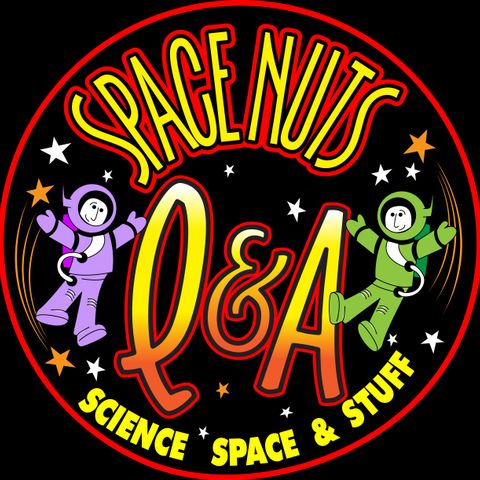#408: Supernovae Secrets & 3D-Printed Telescopes

Sign up for free
Listen to this episode and many more. Enjoy the best podcasts on Spreaker!
Download and listen anywhere
Download your favorite episodes and enjoy them, wherever you are! Sign up or log in now to access offline listening.
#408: Supernovae Secrets & 3D-Printed Telescopes
This is an automatically generated transcript. Please note that complete accuracy is not guaranteed.
Chapters
Description
In this episode of Space Nuts Q&A, Andrew and Fred answer questions about supernovae, 3D printed telescopes, the Voyager space probe missions, and the possibility of using particle collision in...
show moreInformation
| Author | bitesz.com |
| Organization | bitesz.com |
| Website | www.bitesz.com |
| Tags |
Copyright 2024 - Spreaker Inc. an iHeartMedia Company

